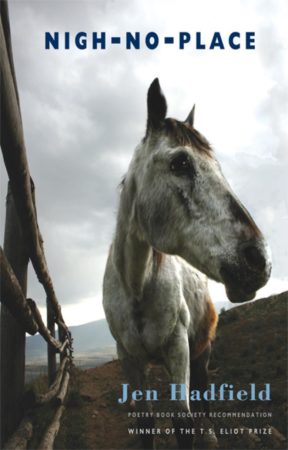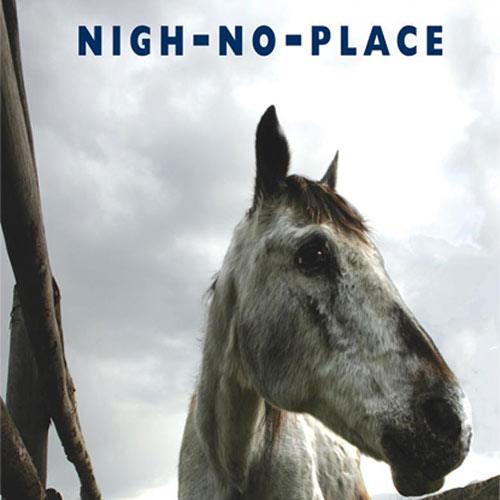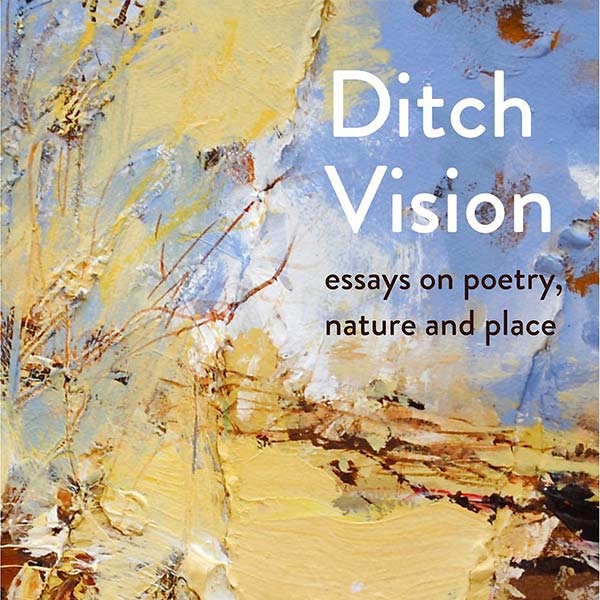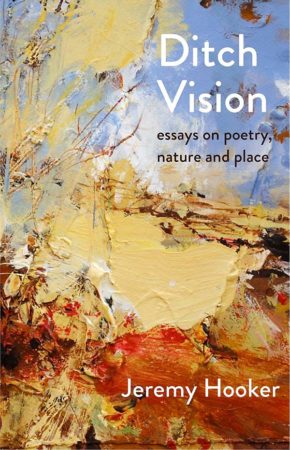Nigh-No-Place
Jen Hadfield (Bloodaxe Books, 2008)
Recommended by Isabel Galleymore
 As in all of Jen Hadfield’s poetry collections, Nigh-No-Place explores the Shetland landscape in an intimate and yet estranging manner. Her eye for detail and ear for sound brings us the more curious and overlooked parts of the landscape. Inventive and often curious images lead the writing, as well as her sensitive use of the Shetland dialect. My favourite poem is ‘Daed-traa’ (a Shetland word used for ‘the slack of the tide’) that is an extraordinary feat of mixed metaphor in which a manifesto for poetry is entangled within the landscape itself and its inhabiting creatures: ‘I go to the rockpool at the slack of the tide / to mind me what my poetry’s for… It has its Little Shop of Horrors. / It has its crossed and dotted monsters’.
As in all of Jen Hadfield’s poetry collections, Nigh-No-Place explores the Shetland landscape in an intimate and yet estranging manner. Her eye for detail and ear for sound brings us the more curious and overlooked parts of the landscape. Inventive and often curious images lead the writing, as well as her sensitive use of the Shetland dialect. My favourite poem is ‘Daed-traa’ (a Shetland word used for ‘the slack of the tide’) that is an extraordinary feat of mixed metaphor in which a manifesto for poetry is entangled within the landscape itself and its inhabiting creatures: ‘I go to the rockpool at the slack of the tide / to mind me what my poetry’s for… It has its Little Shop of Horrors. / It has its crossed and dotted monsters’.


 This book provides a useful way to conceptualise the differing scales of British and American landscapes in the context of nature writing from the nineteenth century to the twentieth century. Hooker suggests that many British writers demonstrate ‘ditch vision’ in their portrayals of environments. Rather than grand expanses, this approach studies microcosms of the wild in landscapes otherwise deemed increasingly urban. Hooker takes his lead from Richard Jefferies who in ‘The Pageant of Summer’ finds a ditch overflowing with ‘Green rushes, long and thick … the white pollen of early grasses … hawthorn boughs … briars … buds’ ([1884] 2011: 41–2). The observation leads him to remark, ‘So much greater is this green and common rush than all the Alps’ (ibid.: 43). Hooker applies his concept of ‘ditch vision’ to writers including Edward Thomas, John Cowper Powys and Frances Bellerby.
This book provides a useful way to conceptualise the differing scales of British and American landscapes in the context of nature writing from the nineteenth century to the twentieth century. Hooker suggests that many British writers demonstrate ‘ditch vision’ in their portrayals of environments. Rather than grand expanses, this approach studies microcosms of the wild in landscapes otherwise deemed increasingly urban. Hooker takes his lead from Richard Jefferies who in ‘The Pageant of Summer’ finds a ditch overflowing with ‘Green rushes, long and thick … the white pollen of early grasses … hawthorn boughs … briars … buds’ ([1884] 2011: 41–2). The observation leads him to remark, ‘So much greater is this green and common rush than all the Alps’ (ibid.: 43). Hooker applies his concept of ‘ditch vision’ to writers including Edward Thomas, John Cowper Powys and Frances Bellerby.